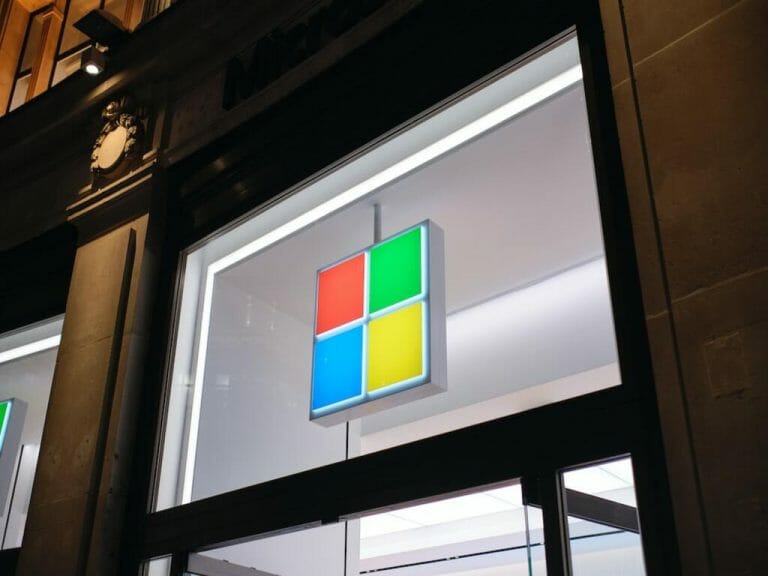Microsoft has announced that its highly anticipated cloud-based developer workstation, Microsoft Dev Box, will be available for general use in July 2023. The Dev Box was initially introduced as a public preview release in August 2022 and has since undergone rigorous testing and refinement with the input of more than 50 organizations spanning various industries, including financial services, retail, and automotive. Additionally, Microsoft internally deployed Dev Box to over 9,500 engineers across divisions such as Azure, Office, Bing, and Windows.
Announcement of Microsoft Dev Box General Availability
The concept of Dev Box was conceived to address the common challenges faced by developers when transitioning between projects. It is not solely reliant on the power of an individual machine but also focuses on streamlining the setup process for developers to start coding quickly. With the increasing popularity of hybrid work arrangements, where flexibility and remote accessibility are crucial, the need for efficient onboarding and coding acceleration becomes even more essential.
Microsoft Dev Box aims to alleviate these challenges by offering self-service developer workstations with various specifications. These specifications range from 8 to 32 core vCPUs, up to 128 GB of memory, and 2 TB of storage. Additionally, project and role-specific images can be pre-built, encompassing all the necessary tools, configurations, source code, and binaries, enabling developers to dive straight into their projects.
The integration of Intune enrollment provides best-in-class device management for securing and monitoring dev boxes alongside other devices within an organization. Moreover, project-based virtual networks allow administrators to control access to sensitive resources, databases, or internal endpoints, ensuring that only approved team members on specific dev boxes can gain access.
Transitioning to Microsoft Dev Box has already yielded significant improvements for Microsoft employees. Previously, the onboarding process, which often took days, can now be completed in just 20 minutes. The creation of a dev box automatically includes all the required tools, source code, and binaries, greatly reducing the onboarding time for both partners and new team members.
As a result, many Microsoft engineers, including over 9,500 individuals, have adopted Dev Box as a replacement for their primary development machines to isolate projects or explore new features. This transition has been highly successful, showcasing the potential of Microsoft Dev Box to enhance development workflows.
Throughout the private and public preview phases, Microsoft has actively collaborated with customers such as General Motors, National Instruments, and their internal platform engineering team, 1ES. The feedback received from these partners has been invaluable in refining and optimizing Dev Box to meet the diverse needs of developers. Notably, Microsoft has partnered with General Motors to assist in their cloud-based software development efforts, allowing them to accelerate their product development process significantly.
As the Group Product Manager for the Developer Division at Microsoft, Anthony Cangialosi expresses his pride in the widespread adoption of Dev Box within Microsoft and the positive impact it has had on development processes. The journey towards the general availability of Dev Box has been marked by fruitful collaborations and the continuous drive to deliver the best possible tool for developers.
With the imminent launch of Microsoft Dev Box in July 2023, developers worldwide can look forward to a streamlined and efficient coding experience, empowering them to focus on what they do best—building innovative solutions and driving technological advancements.
New Features in Microsoft Dev Box Public Preview Version
As Microsoft gears up for the general availability of Dev Box, they have unveiled several new features that are already available in the public preview version. These enhancements aim to further empower developers and streamline their coding experience. Let’s take a closer look at the notable additions:
1. 16 and 32 Core SKUs:
To cater to the most demanding workloads, Dev Box now offers higher-powered SKUs. Developers can configure their Dev Box deployments with 16 vCPUs and 64 GB of RAM, or opt for even more performance with 32 vCPUs and 128 GB of RAM. Additionally, a 2TB SSD storage option will also be available to meet storage-intensive requirements.
2. Hibernate for 8 and 16-core Dev Boxes:
Organizations often shut down idle VMs, including developers’ workstation VMs, to minimize costs. However, this can cause inconvenience as developers have to reopen their tools and apps when they return. To address this issue, 8 and 16-core Dev Boxes can now be hibernated. This means that when a dev box is resumed, the apps and work are in the same state as they were left. Administrators can schedule hibernations for the end of the day in specific regions, and by the time of general availability, they will also be able to configure dev boxes to hibernate after a user disconnects. Developers will also have the option to skip an upcoming hibernation if needed.
3. General Developer and Pre-built Visual Studio Starter Images:
To expedite the onboarding process for dev and dev infra teams, Microsoft has introduced developer-focused starter images for Dev Box on the Azure Marketplace. These images come preloaded with Windows optimizations, apps, and settings that enhance the overall developer experience. They can be used as-is or serve as a base image for further customization by development teams.
4. Config-as-Code Definitions for Dev Box (Private Preview):
Recognizing the challenges faced by dev infra teams when setting up multiple custom images for various dev teams, Microsoft has introduced config-as-code capabilities for Dev Box. This feature enables dev teams to customize the secure, base images provided by IT using YAML configuration files stored in a git repository. Central IT can provide developers with the necessary flexibility while setting up guardrails to curate scripts and software for customizing a dev box.
5. Visual Studio Optimized for Dev Box:
Microsoft understands the importance of a seamless experience for developers using Visual Studio. Therefore, they have introduced several new features in Visual Studio 2022 (starting with the 17.7 previews) to enhance onboarding and performance. These features include pre-built Visual Studio 2019 and 2022 images, automatic sign-in to Visual Studio using the dev box’s associated account, Git Credential Manager integration with the Web Account Manager in Windows, and faster performance through pre-generated caches deployed with the dev box.
With these new features, Microsoft Dev Box continues to evolve into a powerful and versatile tool for developers. The upcoming general availability promises to further revolutionize the development process, offering increased flexibility, efficiency, and improved performance. Developers can look forward to an enhanced coding experience and accelerated project delivery when utilizing Microsoft Dev Box.


